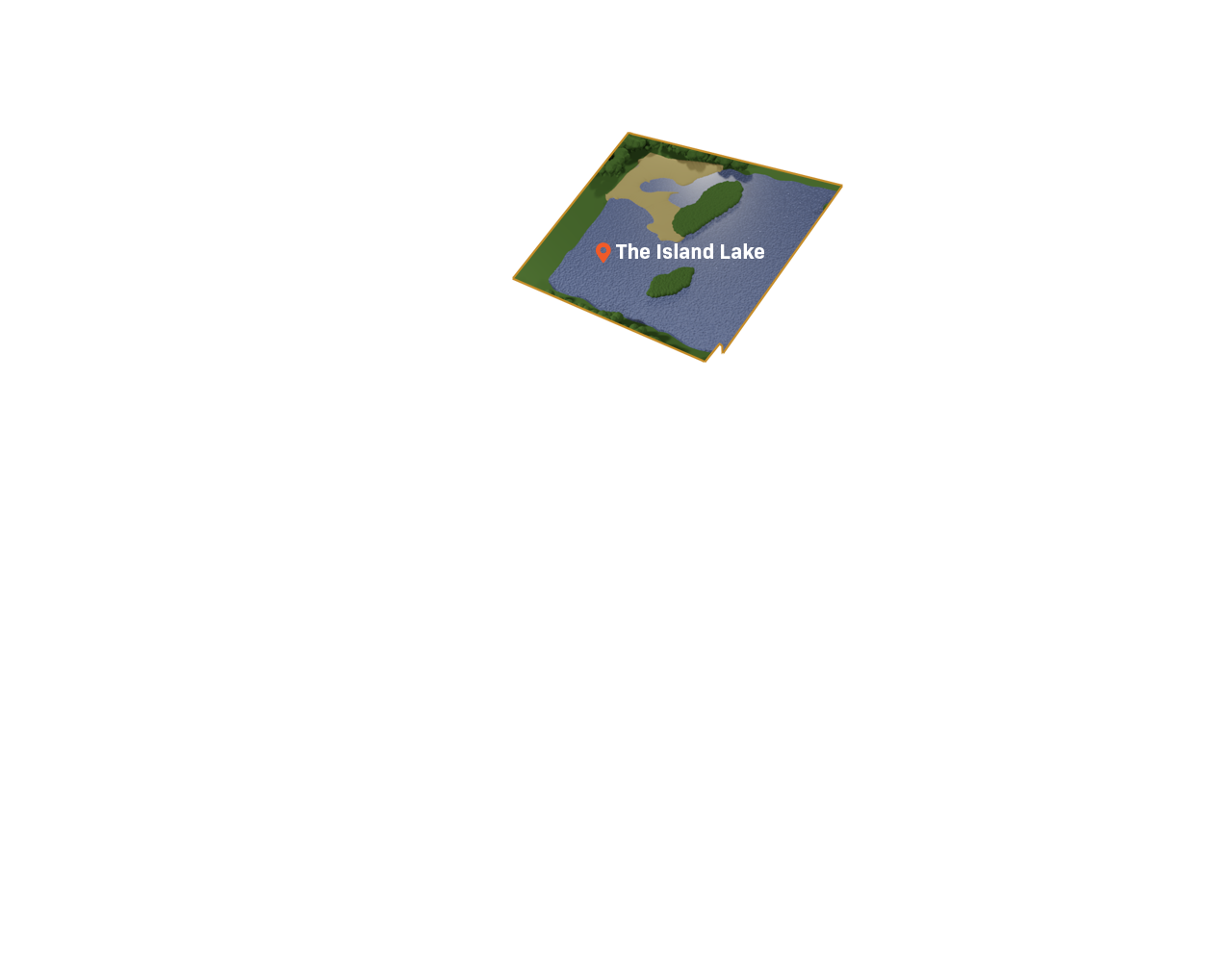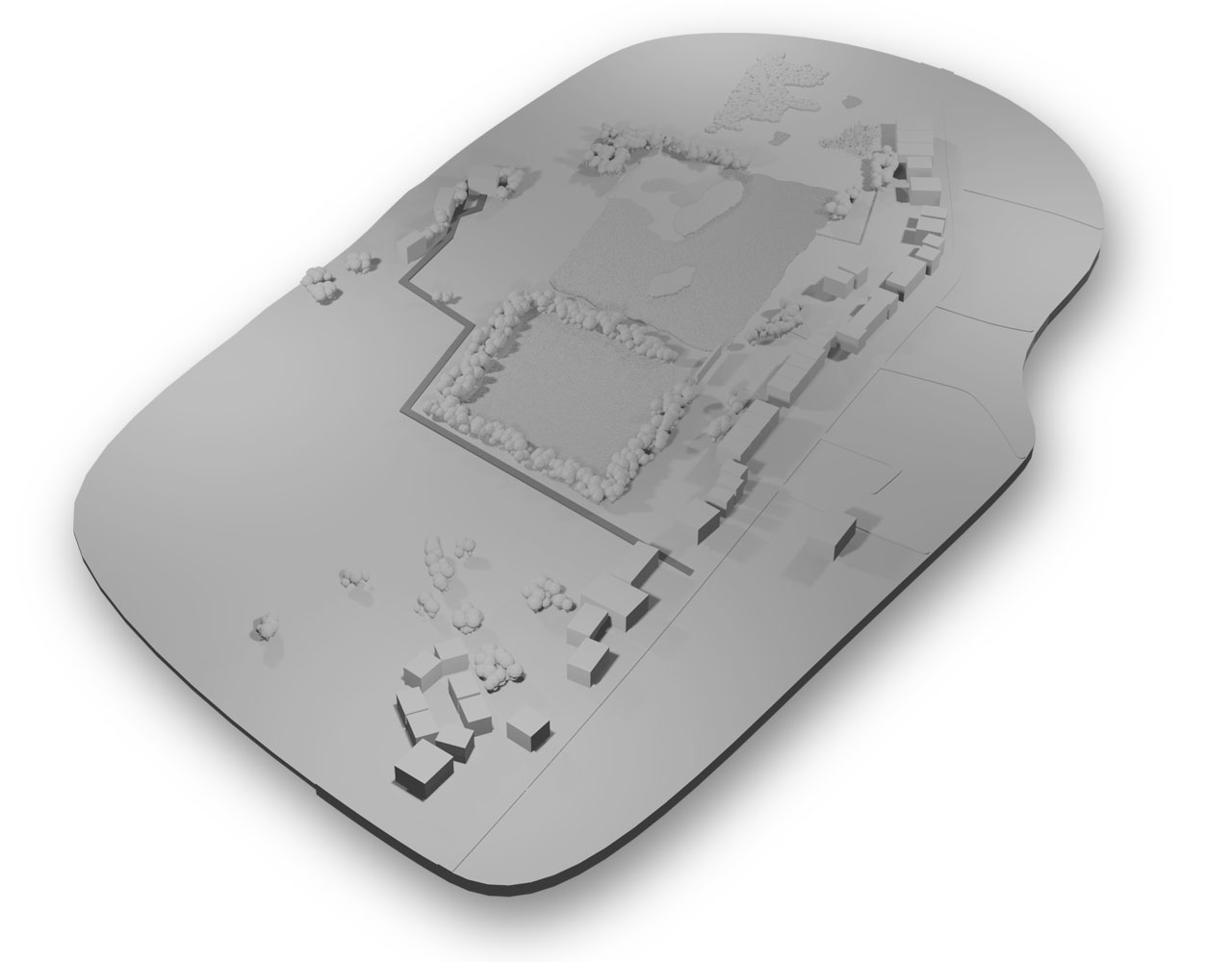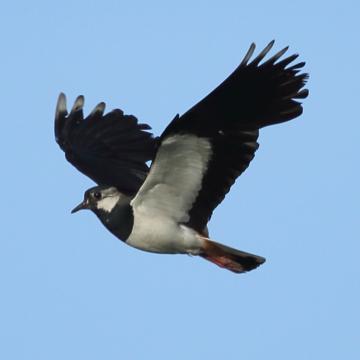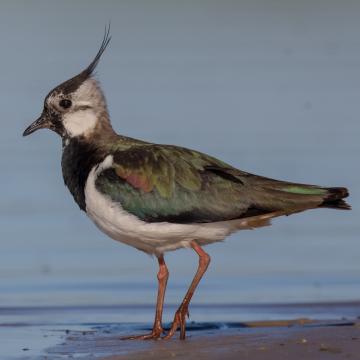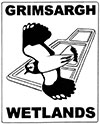Vanellus vanellus
Frequent
Summary
Our flagship species, lapwings love our wetlands habitat, with its exposed mudflats and nearby farmland. It is a great place for them to find food where some of their favourite insects and worms are make easy pickings. In the breeding season, the male birds do a wonderful acrobatic tumbling display in the sky to attract a mate!
Lapwing facts and statistics
• Most common wader
• Eats worms and insects
• Breeding season in highlands (locally, the Bowland Fells), winter in lowlands
• 28-31 cm long
• 82-87 cm wingspan
How to identify
Most distinctively, lapwings have a long crest and a black crown with very broad, round tipped wings. They appear to be black and white from a distance, but up close, you will notice a beautiful green / purple sheen. Lapwings get their name from the distinctive lapping sound their large wings make when flying. They also have a characteristic call (âpeewitâ) which makes them easier to hear as well as to spot. Locally, they are sometimes referred to as peewits or, more simply, tuits.
Conservation status
Although a regular visitor to Grimsargh Wetlands, the lapwing is in significant decline, reflecting the loss of traditional farmland. As a result, it is now a Red List species.
Habitat
Widespread
• Uplands for breeding season
• Lowlands, wetlands and farming land in the winter
Ways to help
Do what you can to support the wetlands local to you, because they can provide the wonderful lowland habitats for these birds during the winter months.
Lapwing sightings at Grimsargh Wetlands
